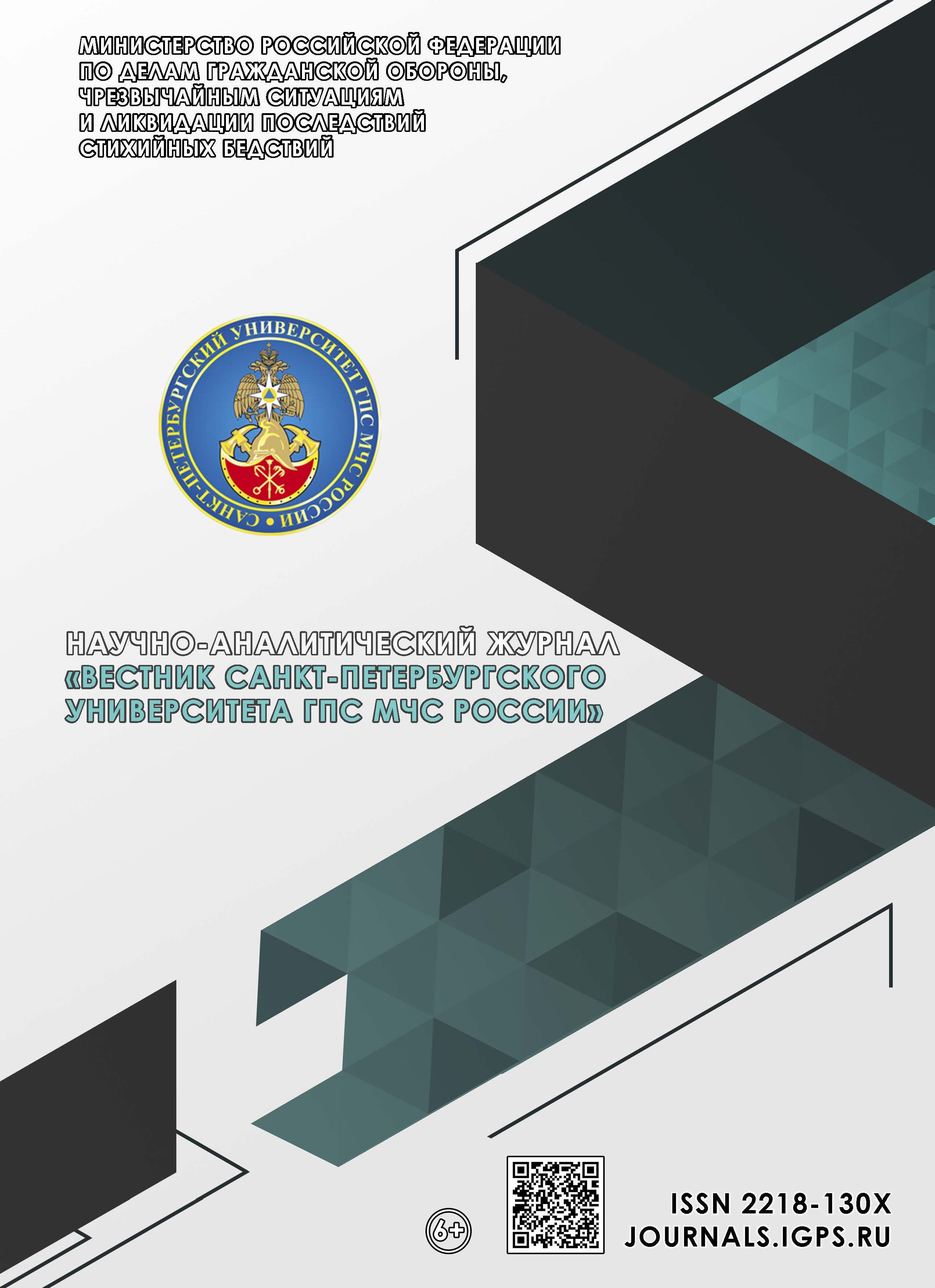Russian Federation
Today, a significant part of professional tasks is performed using various software products, the effectiveness of which and the operability of operators as a whole depends on a wide range of factors that depend on both the characteristics of program users and other indicators. Taking these factors into account when designing programs and their interfaces will increase the success rates of users by improving the quality of programs to meet the requirements and needs of the target audience. In this article, an experiment was conducted demonstrating the influence of user characteristics such as age, gender, and computer literacy on their performance in software products, which confirmed the expediency of developing user models when designing software products. The obtained values of user characteristics will be used in the future to evaluate the effectiveness of software products to select the highest quality product from a variety of analogues and to predict the performance of operators during a work shift for the optimal distribution of human and time resources.
efficiency, user characteristics, load, software products
1. Norman D.A. Living with complexity. The MIT Press, 2010. 308 p.
2. Nil'sen Ya. Mobile Usability. Kak sozdavat' ideal'no udobnye prilozheniya dlya mobil'nyh ustrojstv. M.: Eskmo, 2013. 256 c.
3. Krug S. Veb-dizajn ili «ne zastavlyajte menya dumat'»! M.: Simvol-Plyus, 2008. 216 s.
4. Raskin D. Interfejs Novye napravleniya v proektirovanii komp'yuternyh sistem. M.: Simvol, 2007. 257 s.
5. Uejnshenk S. 100 glavnyh principov dizajna. Kak uderzhat' vnimanie SPb.: Piter, 2011. 272 s.
6. Norman D.A. Emotional Design: Why we love (or hate) everyday things // Basic Books. 2005. 272 p.
7. Vostryh A.V. Model' opisaniya elementov informacionnyh sistem, orientirovannyh na cheloveko-mashinnoe vzaimodejstvie // Pribory i sistemy. Upravlenie, kontrol', diagnostika. 2021. № 11. S. 23–30.
8. Vostryh A.V. Analiz interfejsov specializirovannyh mobil'nyh prilozhenij dlya vyzova ekstrennyh sluzhb // Pozharnaya i tekhnosfernaya bezopasnost': problemy i puti sovershenstvovaniya. 2021. № 2 (9). S. 78–82.
9. Matveev L.P. Problema periodizacii sportivnoj trenirovki // vtoroe izdanie M.: Fizkul'tura i sport, 1965. 243 s.
10. Antropova M.V. Rabotosposobnost' uchashchihsya i eyo dinamika v processe uchebnoj i trudovoj deyatel'nosti. M.: Prosveshchenie, 1967. 251 s.
11. Zeer E.F. Psihologiya professional'nogo razvitiya. M.: Akademiya, 2007. S. 268.
12. Ivanova E.M. Psihologiya professional'noj deyatel'nosti: ucheb. posobie. M.: PER SE, 2006. 309 s.
13. Mann H.B., Whitney D.R. On a test of whether one of two random variables is stochastically larger than the other // Annals of Mathematical Statistics. 1947. № 18. P. 50–60.
14. Byuyul' A., Cyofel' P. SPSS: Iskusstvo obrabotki informacii. Analiz statisticheskih dannyh i vosstanovlenie skrytyh zakonomernostej: per. s nem. SPb.: «DiaSoftYUP», 2005. 608 c.
15. Sheffe G. Dispersionnyj analiz. M.: Nauka, 1980. 512 s.
16. Narkevich A.N., Vinogradov K.A., Grzhibovskij A.M. Mnozhestvennye sravneniya v biomedicinskih issledovaniyah: problema i sposoby resheniya // Ekologiya cheloveka. 2020. № 10. S. 55–64.
17. Paciorkovskij V.V., Paciorkovskaya V.V. SPSS dlya sociologov: ucheb. posobie. M.: ISEPN RAN, 2005. 433 s.







